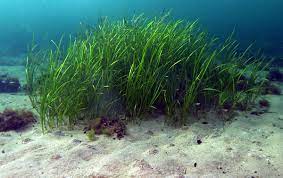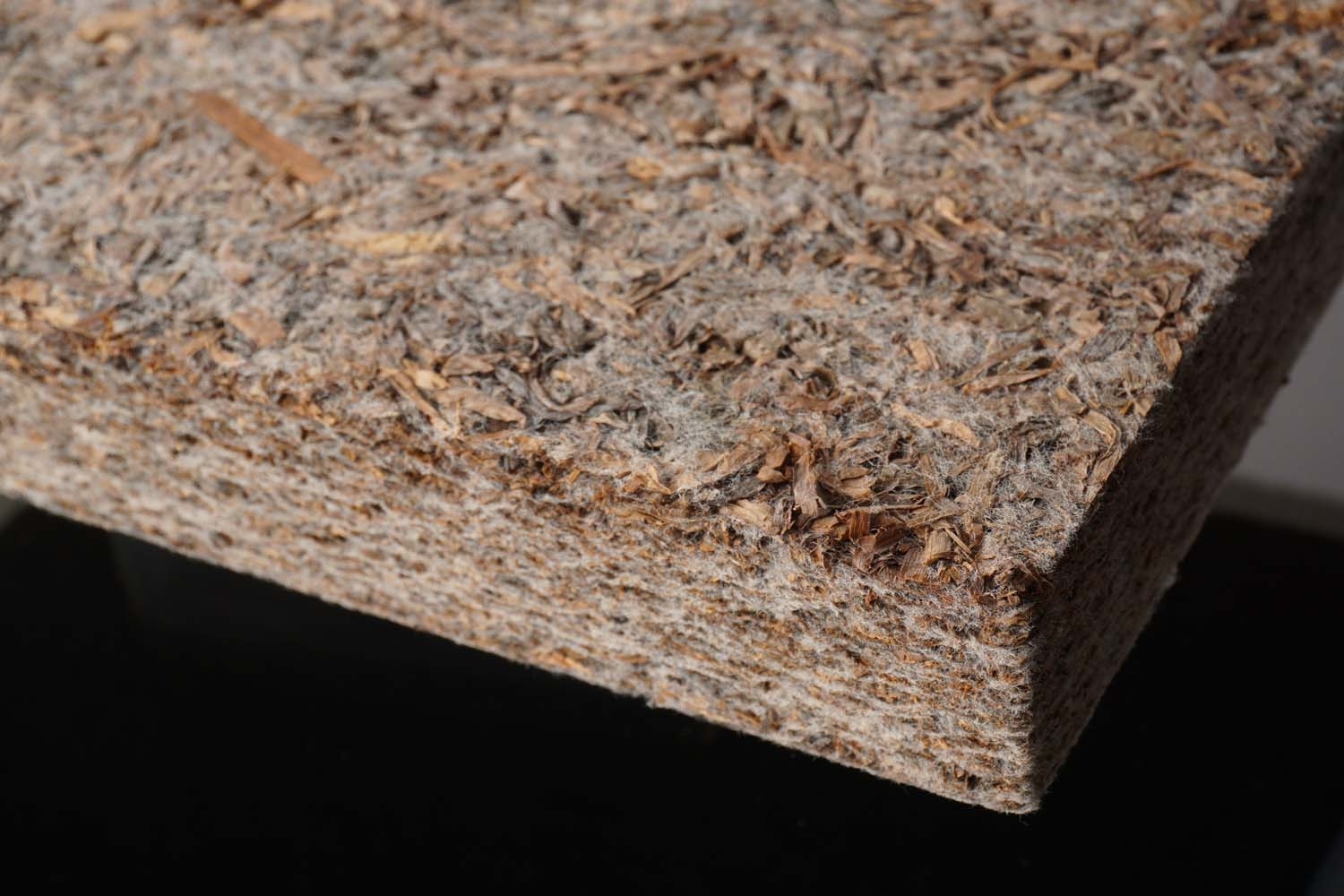How to behave differently to stop climate crisis? Among the many fields of experimentation, architecture has anticipated solutions focusing on greenery and health issues. Additionally, fashion has sparked the revolution by implementing exchange practices and recycling habits. In the end, as always design is at the forefront when novel languages emerge from different needs. We selected three projects that rethink human life from algae...
ARCHITECTURE: Air-Bubble is located in front of the Glasgow Science Center. EcoLogicStudio, in collaboration with Otravin, presented it at COP 26. Glasgow is one of the most polluted cities in the United Kingdom, which makes it the perfect place for temporary architecture that combines avant-garde biotechnology and tailored aesthetics. It is powered by 52 reactors with 520 liters of microalgae Corella cultures which filter 200 liters of water per minute, absorbing up to 75% of the air. Thanks to bacteria photosynthesis, indeed, the algae absorb pollutants while releasing oxygen. Therefore, the inside of Air-Bubble provides a healthy space for children to play without breathing harmful agents. They are the least polluters, but at the same time the most vulnerable. Sound is muffled by algae, which act as sound-absorbing paddings. The idea behind Air-Bubble is to rethink cities as technological ecosystems based on nature's impressive intelligence.
FASHION: What if in the Anthropocene men imitate plants? The DS+ Collection is the result of the collaboration between the Londoners PostCarbon Lab and EGONLab. The collection is made from a photosynthetic material that absorbs oxygen through alive algae that convert the air around the garment into oxygen and glucose for photosynthesis. Presented for Paris Fashion Week 2021, it consists of four items (two t-shirts, a trench, a jacket) the design of which lasted 10 weeks in which they absorbed 1.452 grams of CO2, as much as a six-month oak absorbs in six months. This solution could actually make a difference. Kévin Nompeix, CEO & Artistic Director of EGONLab claimed «we have a duty today as young designers to give an example to future generations because the emergency is very real. Eco friendly development and research must become a real cause because there isn’t a single person who can change everything.»
On the Adriatic coasts, where it is native, Zostera marine strands its ribbon-shaped leaves periodically, sketching grass carpets on the seabed. Formerly collected and disposed of, it is now a valuable source of biomasses and materials. The large marine grasslands of this alga, which is most closely related to Posidonia oceanica, play a pivotal role in coastal ecology, in marine biodiversity conservation, and in the support of marine species with significant economic value. Today, it has opened new horizons in the production of acoustic panels for indoor use. A high-performance, long-lasting, sound-absorbing element with low environmental impact, it is composed of 75% Zostera marina, and has a certified carbon neutral footprint because Zoostera captures and stores more CO2 than it emits during its production. Additionally, panels have excellent thermal and moisture regulation, and they do not contain any toxic chemical substances.

-1.jpg)

